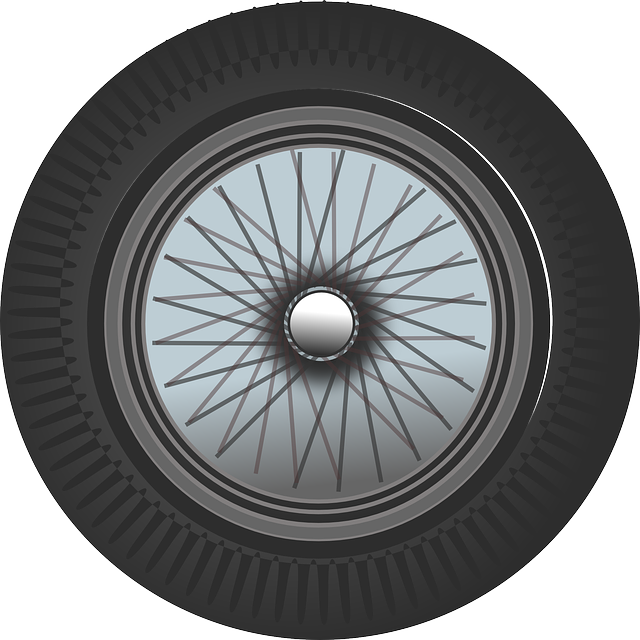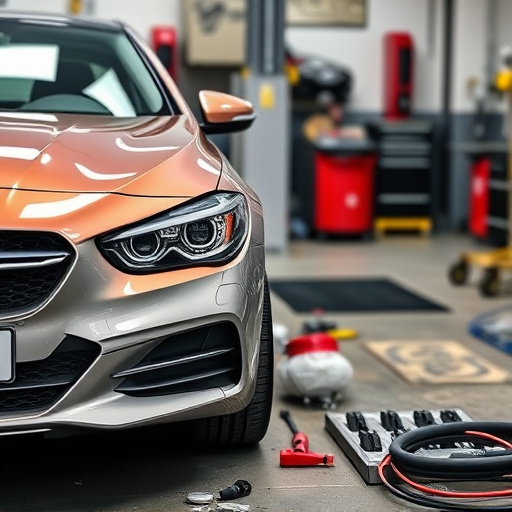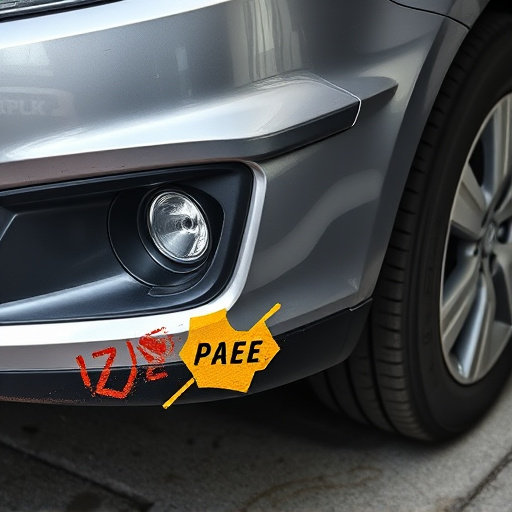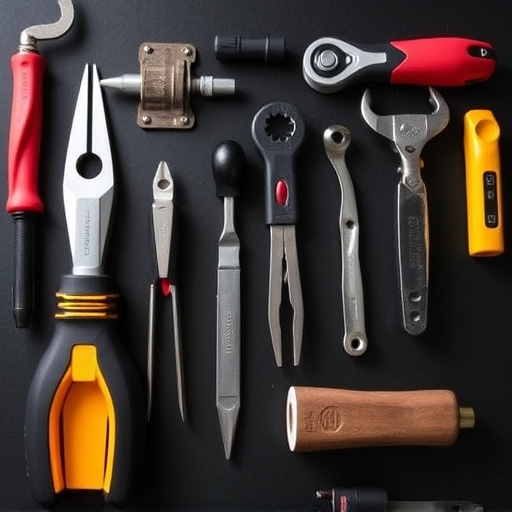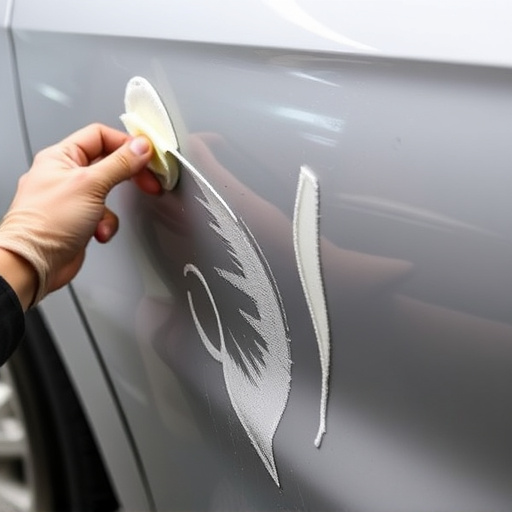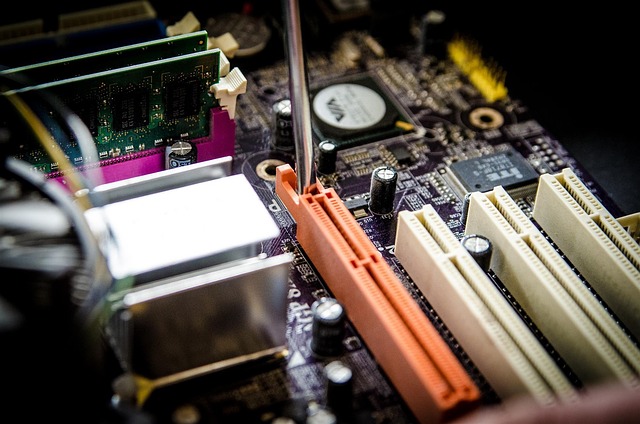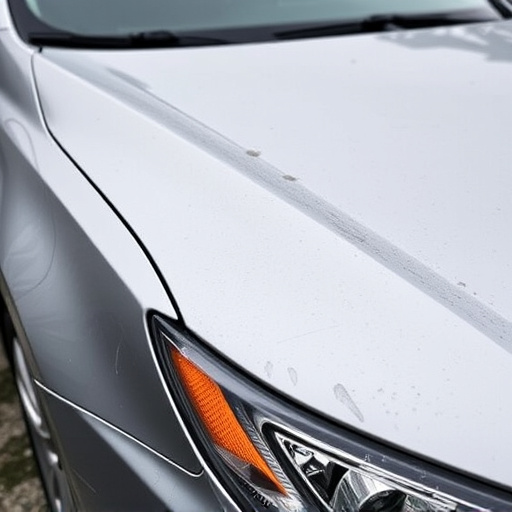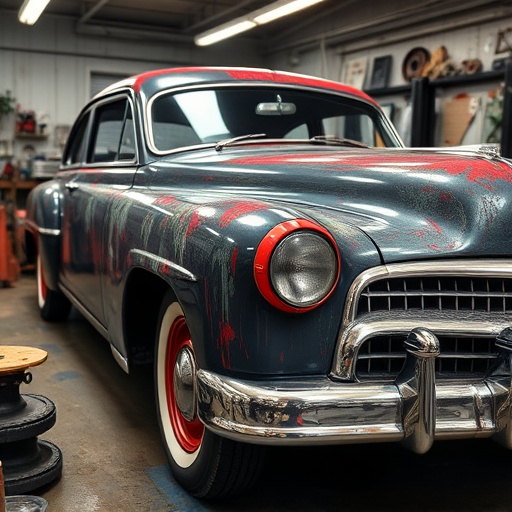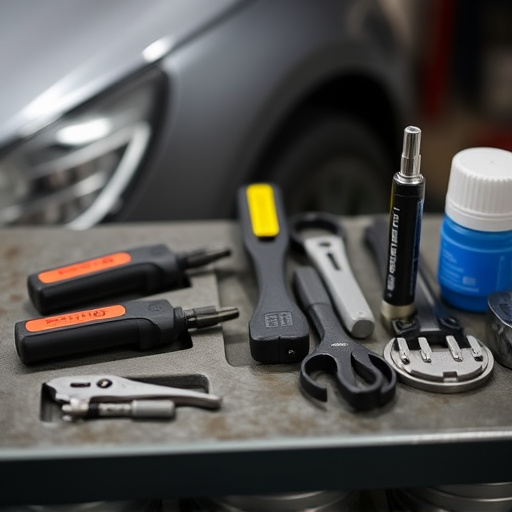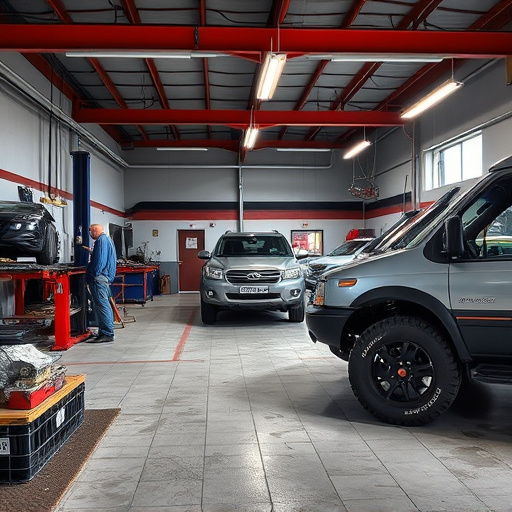Tesla structural integrity repair focuses on addressing everyday incidents like dents and scratches that can compromise vehicle stability. Skilled technicians use specialized tools and knowledge of aluminum alloys to correct misalignments, preserve car shape, and ensure optimal driving dynamics and safety system functionality. Aluminum's lightweight nature, high strength-to-weight ratio, and corrosion resistance enhance crash safety, performance, and fuel efficiency. Precise repair techniques minimize metalwork, maintain aesthetics, and are advantageous for modern electric vehicles like Tesla.
Tesla vehicles are renowned for their innovative design and advanced technology, but like any vehicle, they can suffer from structural integrity issues. This article delves into the world of Tesla structural integrity repair using aluminum techniques, a game-changer in addressing damage and ensuring long-term safety. We’ll explore common structural problems, uncover the benefits of aluminum repairs, and provide a comprehensive step-by-step guide to these advanced reparation methods.
- Understanding Tesla Structural Integrity Issues
- The Role of Aluminum in Repair Solutions
- Step-by-Step Guide to Aluminum Reparation Techniques
Understanding Tesla Structural Integrity Issues
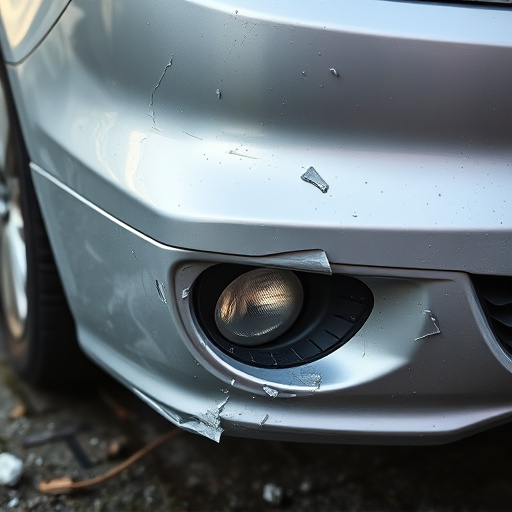
Tesla vehicles, renowned for their cutting-edge technology and innovative design, are subject to various structural integrity issues that can impact their performance and safety. These problems often arise from everyday use, such as car dent removal or managing minor accidents, which can leave dents and scratches on the car’s body panels. While these may seem like trivial concerns, they can compromise the overall structural integrity of the vehicle if left unattended.
The key to maintaining Tesla’s structural integrity lies in prompt and effective repair methods, especially when it comes to aluminum-based components. Aluminum, a lightweight and durable metal used extensively in modern automobiles, requires specialized techniques for dent repair or car scratch repair. Skilled technicians employ advanced tools and knowledge of aluminum alloy properties to realign panels, restore the vehicle’s original shape, and ensure structural stability, preventing further damage that could affect driving dynamics and safety systems.
The Role of Aluminum in Repair Solutions
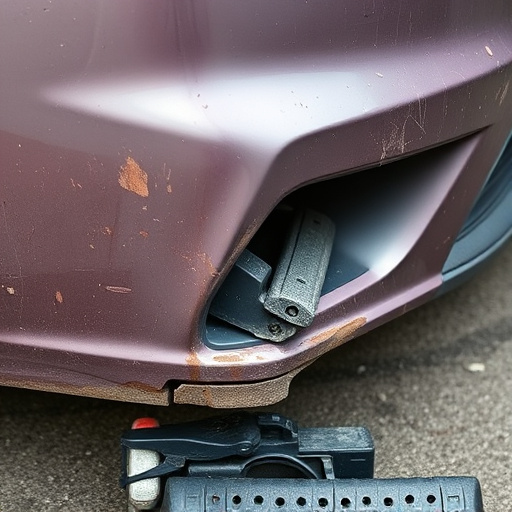
Aluminum plays a pivotal role in Tesla structural integrity repair solutions due to its exceptional properties. Its lightweight nature significantly enhances crash safety by reducing vehicle weight, which is crucial for maintaining structural integrity during car collision repair. Moreover, aluminum’s high strength-to-weight ratio contributes to improved overall performance and fuel efficiency, making it a preferred material not just for Tesla but also in luxury vehicle repair, including models like Mercedes Benz.
The use of aluminum techniques in structural integrity repairs offers multiple advantages. It enables precise and efficient repairs, minimizing the need for extensive metalwork often required in traditional methods. This precision is especially beneficial in the intricate design and construction of modern electric vehicles. Furthermore, aluminum’s corrosion resistance ensures that the repair area remains protected, maintaining the vehicle’s longevity and aesthetic appeal, which is essential for retaining the luxury feel of a Mercedes Benz or any high-end automotive brand.
Step-by-Step Guide to Aluminum Reparation Techniques
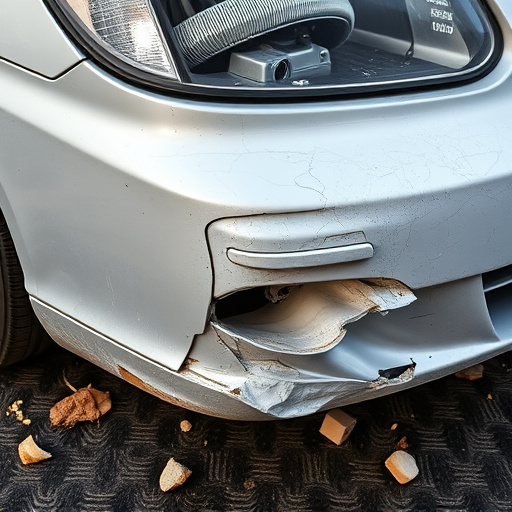
Aluminum repair techniques play a pivotal role in Tesla structural integrity repair, offering a precision-driven approach to auto body services. The process begins with meticulous preparation: washing and degreasing the damaged area to ensure clean and rust-free surfaces. This initial step is crucial for achieving long-lasting repairs.
Next, skilled technicians use specialized tools to remove any dents or deformities, employing techniques like hammering, air bagging, or hydraulic presses. Once the dent removal process is complete, the area is carefully measured and marked for precise cutting. Cutouts are then made using computer-guided machinery, ensuring exact fitting of replacement panels. Before assembly, new aluminum parts undergo surface treatment to enhance corrosion resistance. Finally, expert welders seamlessly join the repaired sections, securing them with robust welding techniques, thus restoring the vehicle’s structural integrity.
Tesla vehicles are renowned for their innovative design and advanced technology, but like any complex machinery, they can experience structural integrity issues over time. aluminum repair techniques have emerged as a game-changer in addressing these challenges, offering efficient, durable, and aesthetically pleasing solutions. By understanding the specific problems and leveraging the benefits of aluminum, enthusiasts and professionals alike can ensure their Teslas maintain peak performance and retain their striking aesthetic appeal for years to come, solidifying Tesla structural integrity repair as a crucial aspect of ownership.
